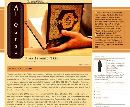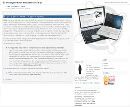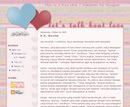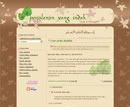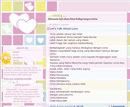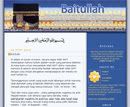Prior to CSS, nearly all of the presentational attributes of HTML documents were contained within the HTML markup; all font colors, background styles, element alignments, borders and sizes had to be explicitly described, often repeatedly, within the HTML. CSS allows authors to move much of that information to a separate stylesheet resulting in considerably simpler HTML markup.
Headings (h1 elements), sub-headings (h2), sub-sub-headings (h3) etc. are defined structurally using HTML. In print and on the screen, choice of font, size, color and emphasis for these elements is presentational.
Prior to CSS, document authors who wanted to assign such typographic characteristics to, say, all h2 headings had to use the HTML font and other presentational elements for each occurrence of that heading type. The additional presentational markup in the HTML made documents more complex, and generally more difficult to maintain. To render all h2 tags in this manner, the markup had to be repeated for each heading. In CSS, presentation is separated from structure. In print, CSS can define color, font, text alignment, size, borders, spacing, layout and many other typographic characteristics. It can do so independently for on-screen and printed views. CSS also defines non-visual styles such as the speed and emphasis with which text is read out by aural text readers. The W3C now considers the advantages of CSS for defining all aspects of the presentation of HTML pages to be superior to other methods. It has therefore deprecated the use of all the original presentational HTML markup.
Lihat tutorial lainnya di Azzahrah Design
Subscribe to:
Posts (Atom)
